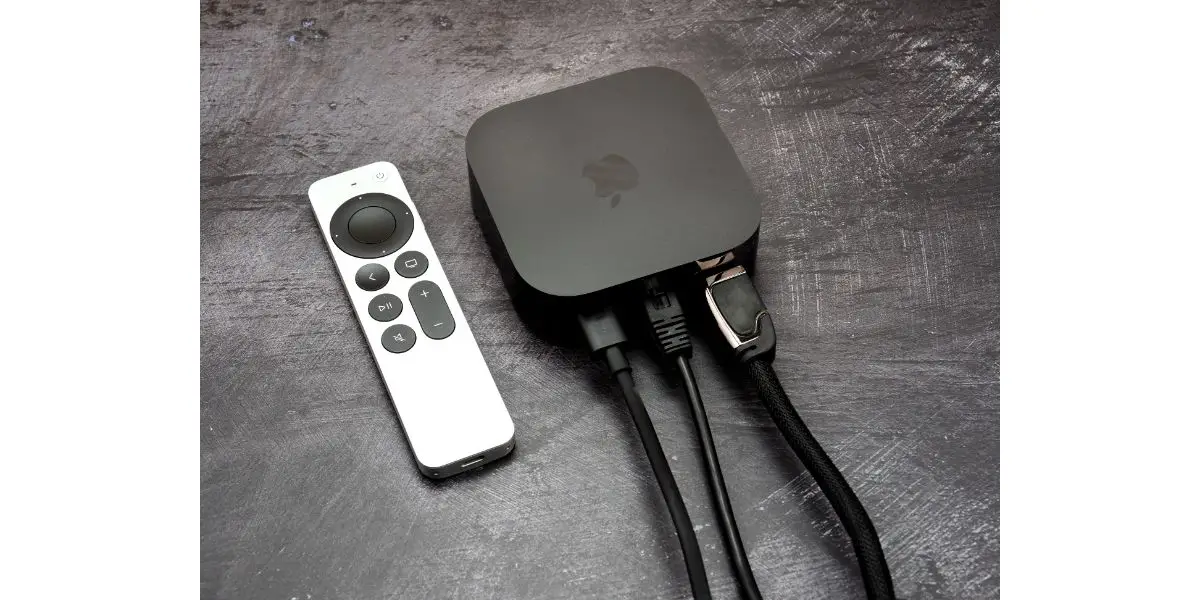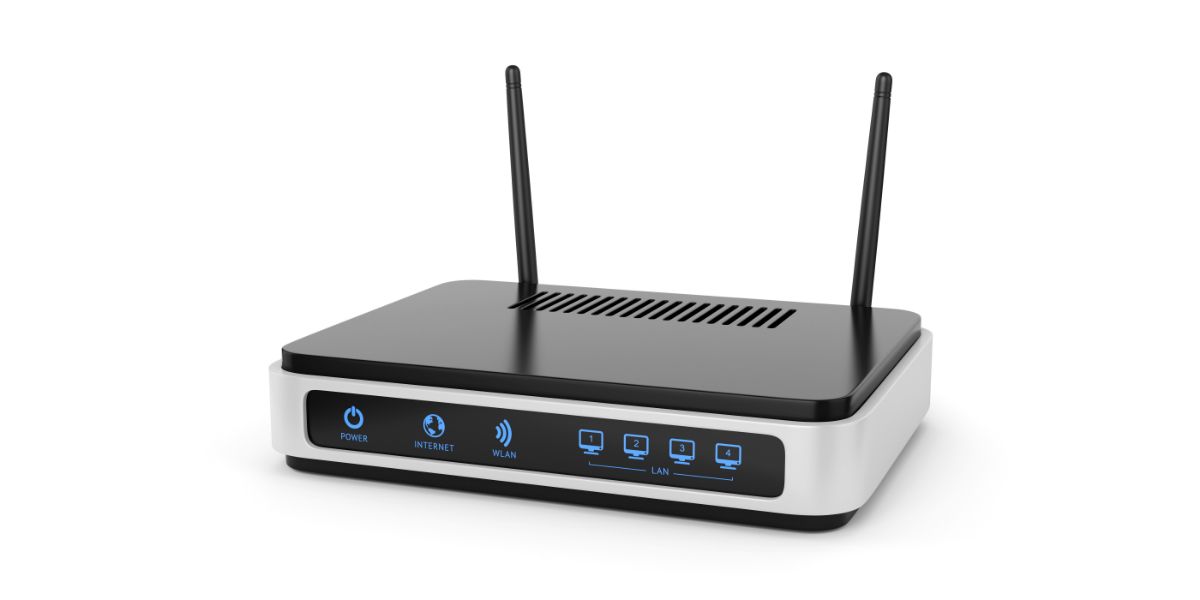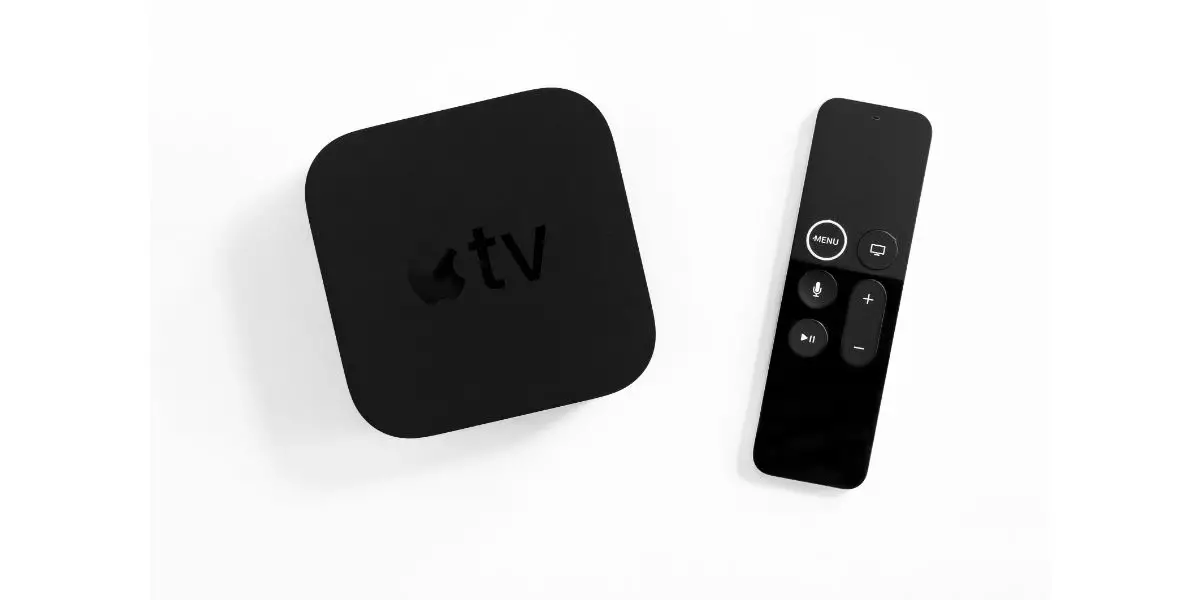Disclaimer: This post may contain affiliate links, meaning we get a small commission if you make a purchase through our links, at no cost to you. For more information, please visit our Disclaimer Page.
Apple TV is a popular streaming device that allows users to watch TV shows, movies, and other content on their televisions. One of the most common questions about Apple TV is whether it can use both Ethernet and Wi-Fi.
Overall, using Ethernet and Wi-Fi on Apple TV provides users flexibility and options for connecting to the internet, whether wired or wireless; users can easily enjoy streaming their favorite content on their televisions.
Table of Contents
Can Apple TV Use Both Ethernet and Wi-Fi?
Apple TV is a popular streaming device that allows users to enjoy their favorite TV shows, movies, and more. One question often arises is whether Apple TV can use Ethernet and Wi-Fi simultaneously.
Unfortunately, using both Wi-Fi and Ethernet connections simultaneously is impossible. When using an Ethernet cable, Apple TV automatically uses that connection instead of the Wi-Fi network.
However, the device will automatically switch to the Wi-Fi network if the Ethernet connection is unavailable. It is important to note that the device can only use one connection at a time, so users should choose the best connection for their needs.
Does Apple TV Work Better with Ethernet or Wi-Fi?
There are advantages and disadvantages to each option. Ethernet cables offer a more stable and reliable connection, which can be beneficial for streaming high-quality content like 4K videos or software updates.
On the other hand, Wi-Fi offers more flexibility and convenience, as users can connect to networks without being physically tethered to a router. There are limited ethernet ports on that router. These ports can instead be used for gaming consoles, which could benefit more depending on the person.
Another issue with Wi-Fi is that maybe you live in an apartment complex. The network may be congested and slow with nearby devices if your Apple Tv is connected to 2.4 GHz.
If you are streaming high-quality content and experiencing lag or buffering issues, using an Ethernet cable may be the better option.
How to Connect Apple TV to Ethernet
Connecting Apple TV to Ethernet is a great way to boost your internet connection and reduce lag. This section will discuss how to connect Apple TV to Ethernet using a cable.
Connect Apple TV to Ethernet Using a Cable
To connect your Apple TV to Ethernet using a cable, you will need an Ethernet cable and a router.
- First, ensure your router is turned on.
- Next, locate the Ethernet port on the back of your Apple TV. It’s right next to the HDMI port on the right-hand side.
- Take one end of the Ethernet cable and plug it into the Ethernet port on the back of your Apple TV.
- Take the other end of the Ethernet cable and plug it into one of the available Ethernet ports on your router.
- Once the cable is plugged in, your Apple TV should automatically detect the Ethernet connection and switch from Wi-Fi to Ethernet.
- You may need to restart your device if your Apple TV does not automatically switch to Ethernet. To do this, go to Settings > System > Restart.
It’s important to note that if you experience any issues with your Ethernet connection, you may need to troubleshoot your network or contact your internet service provider for assistance.
Why is Apple TV Ethernet Slower Than WiFi?
If you’re experiencing slow ethernet speeds on your Apple TV, you may be wondering why. This can be frustrating, especially if you invested in an ethernet cable. We have a list of possible causes and fixes below for you to check out!
1. Distance
If the Apple TV is located far away from the router, the Ethernet cable may not be able to maintain a stable connection, resulting in slower speeds. Keep in mind that cable length could also cause slower speeds.
If you find your Apple Tv in a large room or the router is in a different room but connected with an ethernet cable, it’s better to connect via Wi-Fi instead.
WiFi signals can travel much further, making it more convenient for users with a larger home or office space.
2. Firmware or Software Problems
Is your router or Apple Tv out of date? If so, this may be one of the reasons why you’re experience Ethernet issues. You can update the Apple Tv by doing the following:
- Go to Settings and select Software Updates.
- You can also set automatic updates in that same section.
3. Hardware
Do you have an old router? If so, consider buying a new one. Even if you have a high-speed internet plan, an old router can greatly affect the speeds you actually receive.
Another issue could be the Apple Tv box itself. Manufacturer mistakes occur occasionally, so if you have a relatively new Apple TV, check to see if it’s still in its warranty period. If it is, then Apple will repair it for free.
4. Cable Quality
Did you buy a cheap ethernet cable online? It’s also worth noting that the Ethernet cable’s quality can affect the connection’s speed.
Cheap cables may break more easily or not provide the maximum speed they advertise. We recommend investing in a more expensive ethernet cable by a reputable brand.
In addition, if the cable is old or damaged, it may not be able to provide the maximum speed. Check the condition of your cable to see if there’s any damage done to it.
How to Connect Apple TV to Wi-Fi
Connecting your Apple TV to Wi-Fi is a straightforward process that can be done using either an iPad or iPhone or the remote. Before getting started, make sure that you have the Wi-Fi network name and password handy.
Connect Apple TV to Wi-Fi Using the Remote
- Turn on your Apple TV and navigate to the Settings app.
- Select Network and then choose Wi-Fi.
- Select your Wi-Fi network from the list of available networks.
- Enter the Wi-Fi password if prompted.
- Wait for your Apple TV to connect to the Wi-Fi network.
Check out the next section if you are experiencing lag or slow internet speeds.
Why is Apple TV Wi-Fi Slow? (7 Causes & fixes)
While the device is designed to provide a seamless streaming experience, some users may notice that their Apple TV’s WiFi connection is slower than expected. This can be frustrating, especially if you’re trying to watch your favorite show or play an online game.
If you’re experiencing slow WiFi speeds on your Apple TV, you may be wondering why this is happening and what you can do to fix it.
In this section, we’ll explore why Apple TV WiFi is slow and provide tips and tricks for improving your WiFi connection speed.
1. Restart Your Modem and Router
One of the easiest ways to improve your Wi-Fi signal is to restart your modem and router. This can help clear connection issues or bandwidth congestion causing lag or poor video quality. Simply unplug both devices, wait a few seconds, and plug them back in.
2. Network Issues
Network issues are among the most common reasons for slow WiFi on Apple TV. If the WiFi signal is weak or there is interference from other devices, it can cause buffering and slow streaming speeds.
3. Outdated Firmware
Another reason for slow WiFi on Apple TV could be outdated firmware on the router or modem. Check for firmware updates regularly and update the router and modem if necessary.
4. Outdated Hardware
If you have an old router or modem, this could be the reason for a slower wi-fi connection. To fix this, upgrade the device to one that your internet service provider supports. Details for that can be found on their website.
5. Too Many Devices
If there are too many devices connected to the WiFi network, it can cause congestion and slow down the WiFi speed. Users can try disconnecting some devices from the network or upgrading to a higher bandwidth router to improve the WiFi speed.
In addition, you can also try changing the router channel to a much less congested one.
6. Router Placement
The location of your router can also affect your Wi-Fi signal. If your router is tucked away in a corner, behind furniture, or in another room, it may be unable to broadcast a strong signal throughout your home.
Try moving your router to a more central location, away from walls and other obstructions, and in the same room as your Apple Tv. This can help improve your wireless network’s coverage and speed.
In conclusion, slow WiFi on Apple TV can be caused by various factors, including network issues, outdated firmware, too many devices, and router placement. By addressing these issues, users can improve the WiFi speed on Apple TV and enjoy seamless streaming.
7. Use a Wi-Fi Extender or Mesh Network
If moving your router isn’t an option, consider using a Wi-Fi extender or mesh network. A Wi-Fi extender can help boost your signal by amplifying your router’s signal.
A mesh network, on the other hand, uses multiple access points to create a more robust wireless network. This can help eliminate no wi-fi zones and improve overall Wi-Fi coverage and speed.
Conclusion
In conclusion, the Apple TV cannot use Ethernet and Wi-Fi simultaneously. It automatically disconnects from the Wi-Fi network when it detects an Ethernet connection.
However, users can manually switch between the two connections by disconnecting and connecting the other.
Ethernet connections are generally faster and more reliable than Wi-Fi connections, so connecting the Apple TV to Ethernet can improve streaming quality and reduce buffering issues. However, this requires a wired connection, which may not be feasible for all users.
On the other hand, Wi-Fi connections offer more flexibility and convenience, as users can connect wirelessly from anywhere within range of their Wi-Fi network. However, Wi-Fi connections may be subject to interference from other devices or networks, affecting streaming quality.
Ultimately, the choice between Ethernet and Wi-Fi connections for the Apple TV will depend on the user’s individual needs and preferences. Some users may prefer the speed and reliability of Ethernet, while others may prioritize the convenience and flexibility of Wi-Fi.



